
For most people, taking a breath is something that happens without conscious thought. You probably don’t think about the effort your lungs make as they expand and contract. If you’re a respiratory therapist though, you learn never to take breathing for granted. We went behind the scenes with the respiratory therapists and sleep technologists at TriStar Horizon Medical Center to learn how they are helping patients breathe freely.
Respiratory therapists can be found across various departments in the hospital, from surgeries to the NICU. Often, they serve critical areas and assist with patients who may have suffered traumatic injuries. They also help patients with conditions like chronic obstructive pulmonary disease (COPD) caused by smoking or other lung-related issues. In addition to helping patients on ventilators, respiratory therapists administer breathing treatments, and monitor the Sleep Center.
At TriStar Horizon, Lindsey and Annette explained the various types of treatments and therapies they primarily use to assist patients. The ventilator is a major component of respiratory care, and is used when a person is unable to breathe on his or her own. Since the ventilator is more invasive than other breathing treatments, the team attempts to wean the patient off within two days (that way, the body doesn’t become used to it). The team will also work with patients when they are taken off the ventilator, helping them stay calm as they relearn to breathe on their own.
In addition to the ventilator, respiratory therapists mainly use two types of noninvasive breathing therapies: CPAP and BIPAP. These therapies are often used during sleep studies, but also can be used for patients with COPD, asthma, pneumonia or any other issue or condition that may negatively affect breathing. CPAP, which stands for “continuous positive airway pressure,” uses a steady flow of oxygen to help patients breathe. The BIPAP, or “bilevel positive airway pressure” is used when patients have difficulty exhaling against the continuous, non-varied pressure of the CPAP. The BIPAP has two pressure settings for inhalation and exhalation allowing the patient to get more air in and out of the lungs. These machines are able to filter, warm, and humidify the air so that it is more easily breathable.
Respiratory therapy isn’t just needed in a patient’s room, it is also an essential part of the TriStar Horizon Sleep Center. Located on the lower level of the hospital, these rooms are reserved for sleep studies designed to diagnose and treat sleep apnea or other respiratory issues. TriStar Horizon conducts sleep studies six days a week (typically one at home and two in-house). The rooms are kept completely dark and patients are discouraged from using their phones or laptops before falling asleep. Throughout the night, Annette and her team monitors REM cycles and depth of snoring, as well as both mouth and nasal breathing. In the morning, the team at the sleep center will “score” the sleep monitor (highlighting areas where sleep or breathing was abnormal), and send it to the on-staff physician for further evaluation. These sleep studies can help diagnose any issues that may be preventing a person from getting a good night’s sleep.
Whether they are in the sleep center, or helping a patient transition off the ventilator, the respiratory therapists at TriStar Horizon are passionate about making sure that waking or sleeping, the patients that they treat are able to breathe a little easier.
For more behind the scenes, follow us on Instagram at @tristarhealthcare and look for the hashtag #backstageattristar.
Backstage at TriStar Horizon
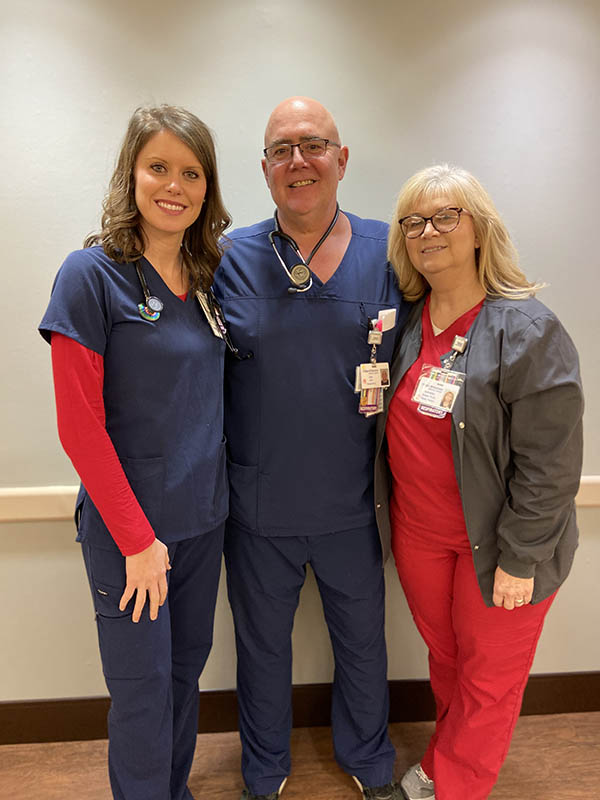
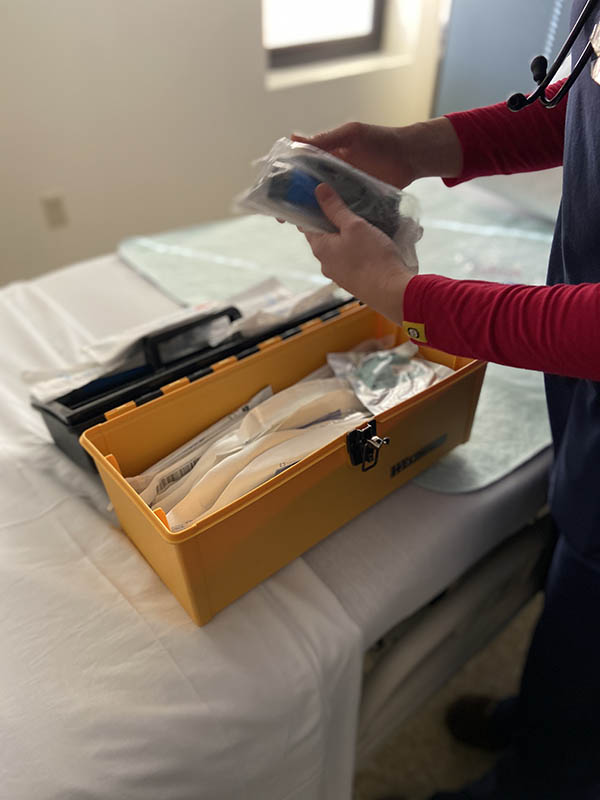
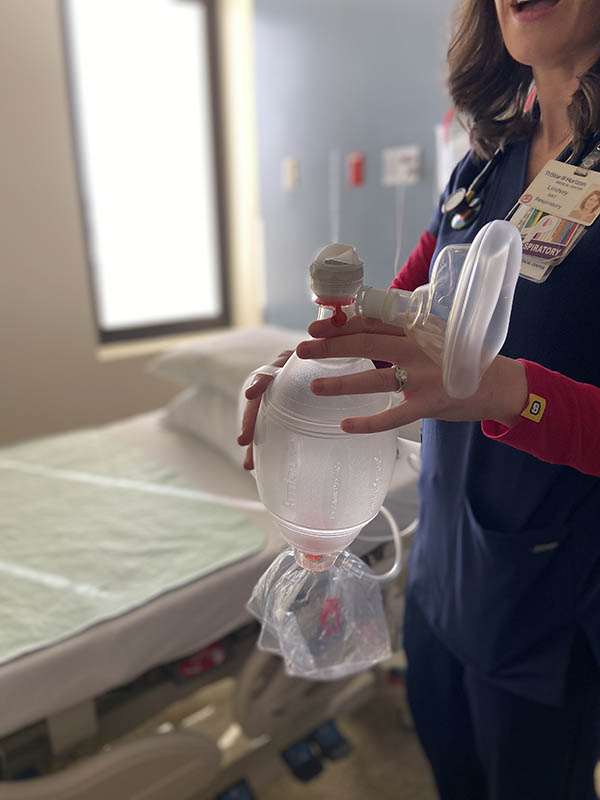
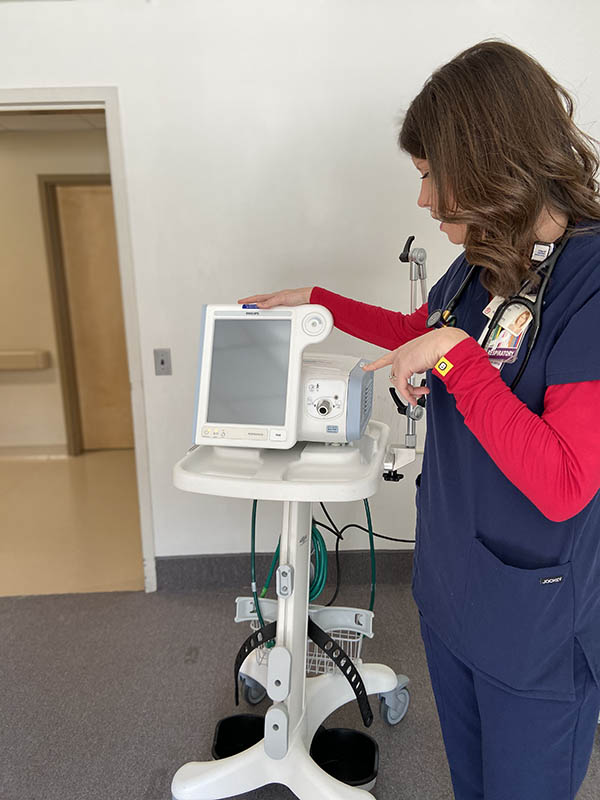
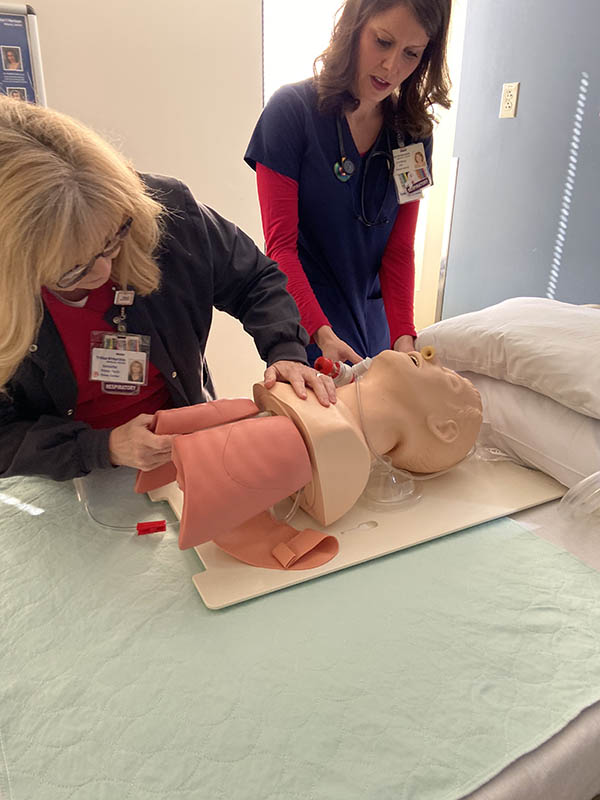
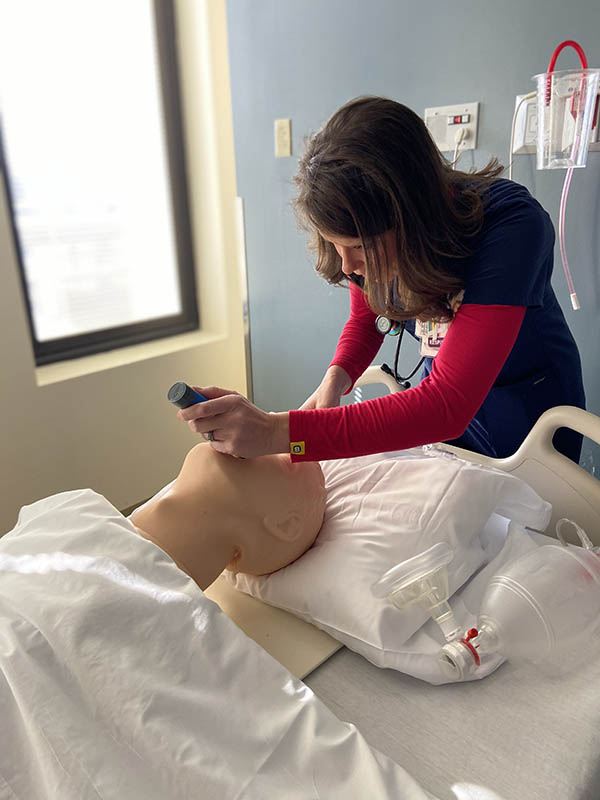
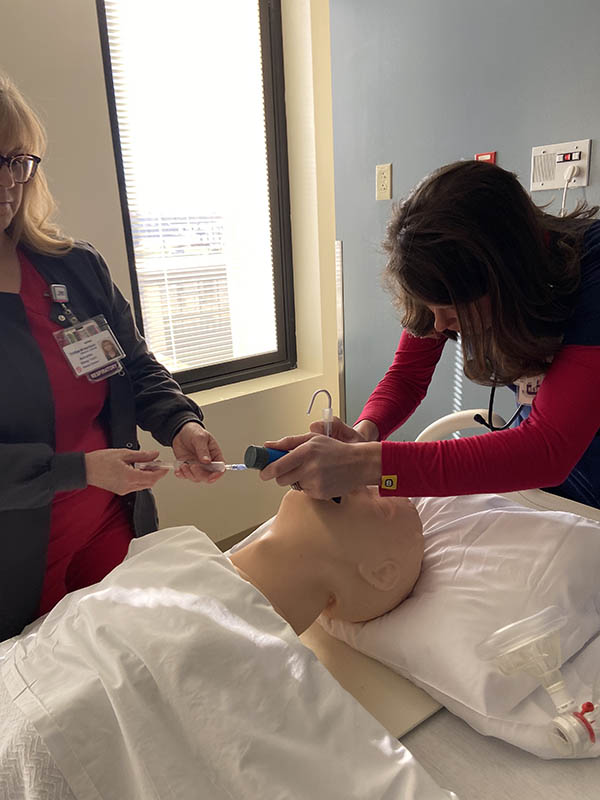
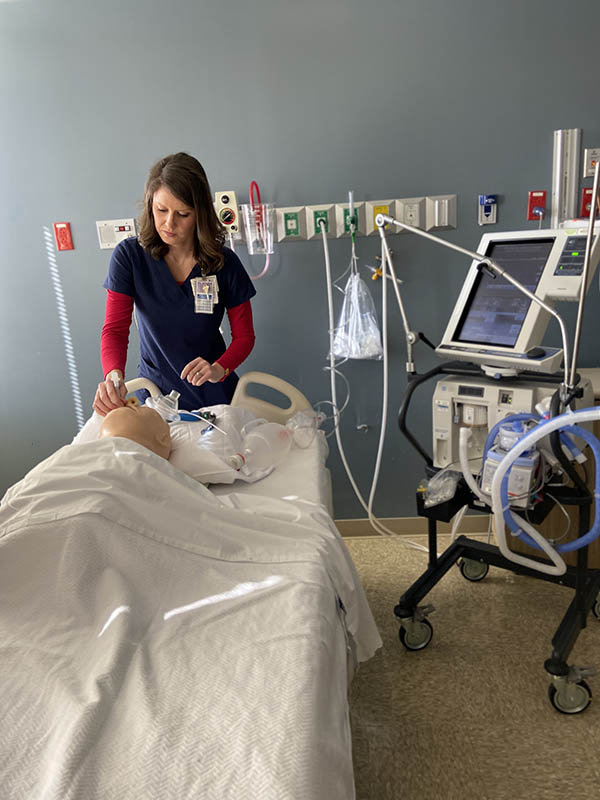
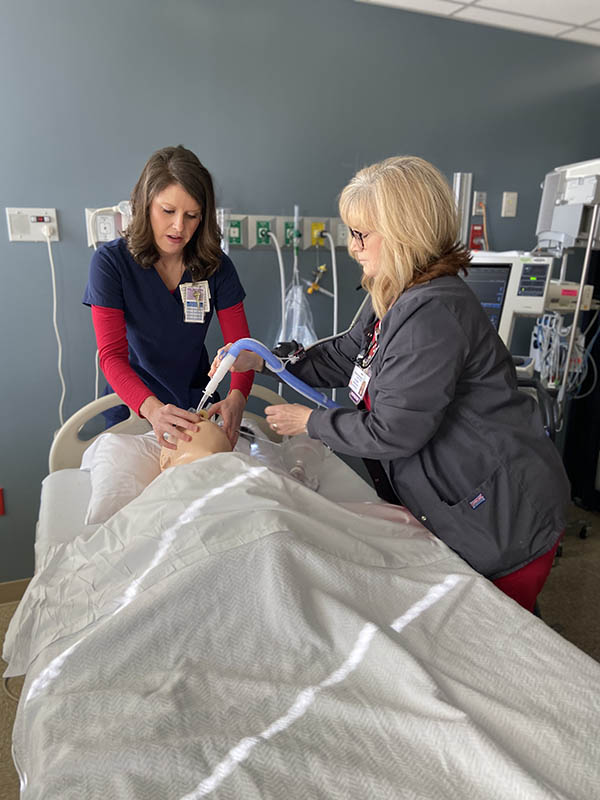
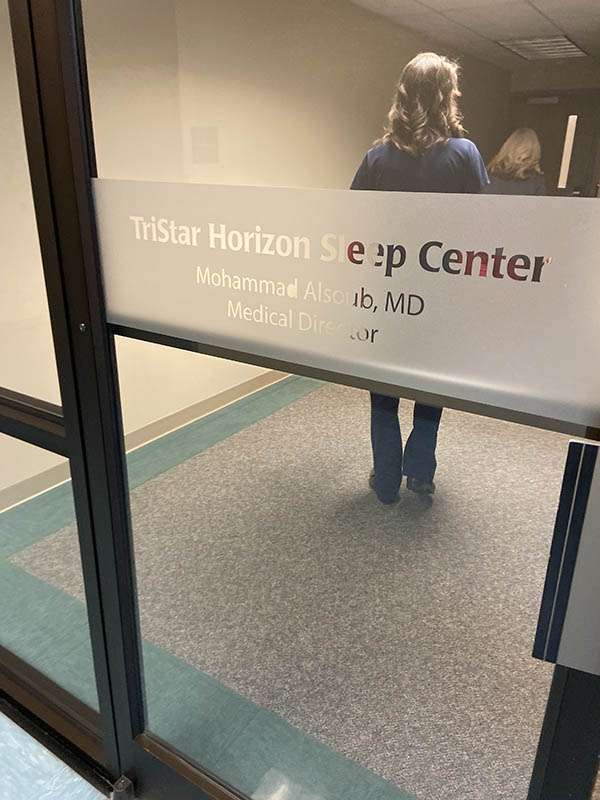

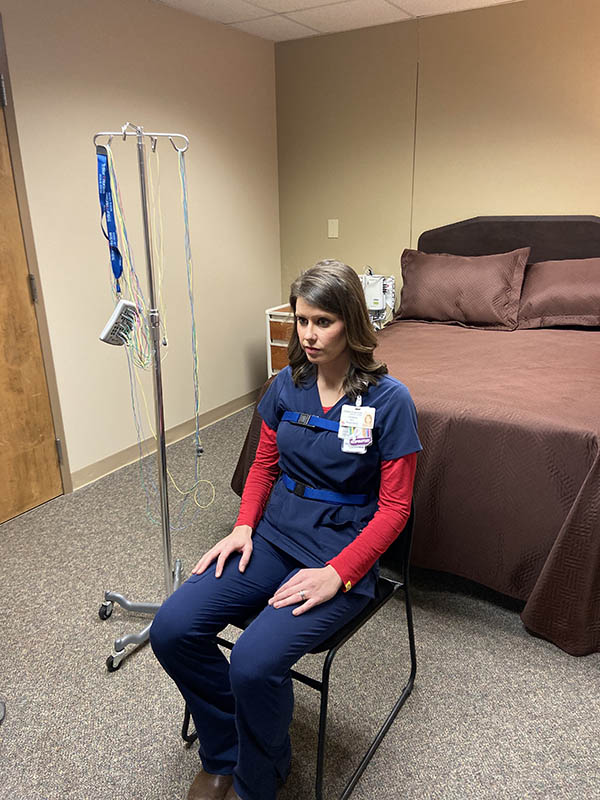
$webqFacilityNumber
Need a Physician?